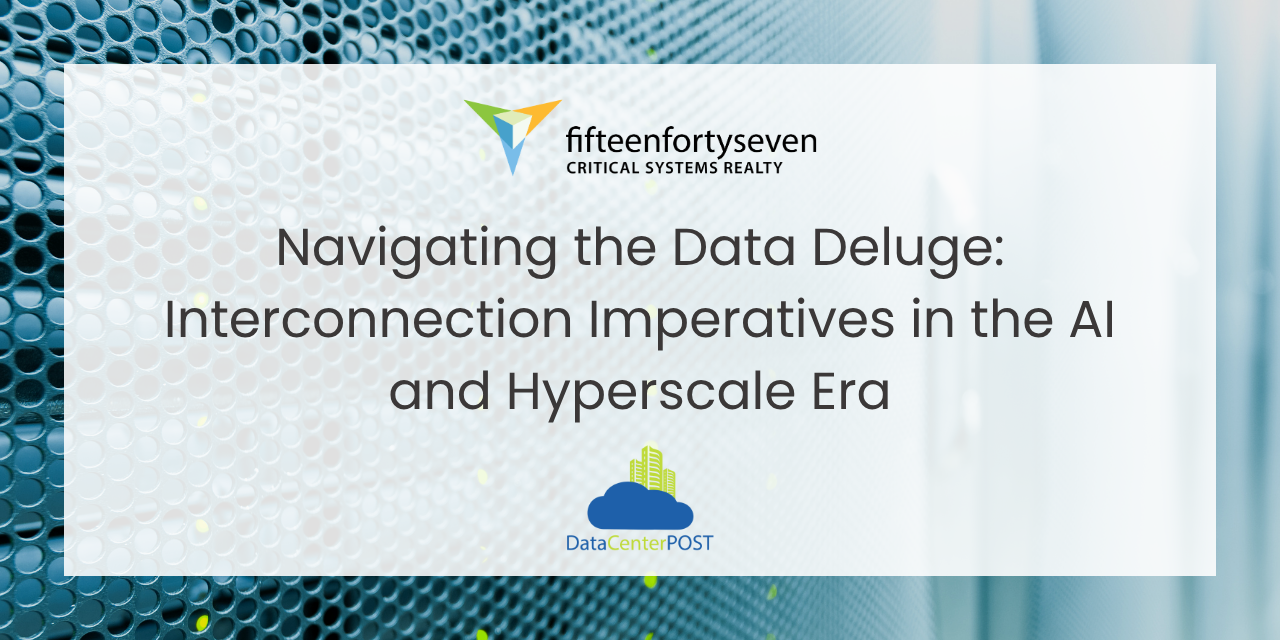Originally posted on Data Center Dynamics.
Artificial intelligence (AI) is no longer confined to research labs or elite tech companies. It’s powering everything from consumer services to industrial automation, and the infrastructure behind it is being forced to evolve. Hyperscale computing, paired with the data demands of AI, is rewriting the rules of how, where, and why interconnection – specifically, network interconnection – matters.
For decades, data centers and network strategies centered on large, densely connected Tier I markets. These core metros offered aggregation, scale, and access to a critical mass of providers. But, as AI-driven workloads become more distributed and latency-sensitive, that centralization model is reaching its limits. The physical and network distance between compute, storage, and end users introduces inefficiencies that AI, particularly inference workloads, can’t afford.
That shift is creating new pressures on the interconnection layer of infrastructure. Interconnection has always been essential, but now it is a defining feature. Moving massive volumes of data in real time across regions with resilience and cost control demands a fresh approach. AI has essentially elevated interconnection from a backend convenience to a front-end necessity.
The rise of regional interconnection hubs
The industry is responding by extending interconnection strategies beyond traditional core cities into Tier II and Tier III markets. These smaller metros – places like South Bend, Milwaukee, and McAllen– are emerging as intentional points of deployment, not as overflow. In many cases, they offer lower network congestion, proximity to end users, and regulatory advantages for regional workloads.
South Bend, Indiana, for instance, has become a pivotal location for technological advancements in the region. The Union Station data center, situated atop the transcontinental fiber system connecting Chicago to the East Coast, offers access to over 20 unique telecommunication network service providers.
Whether for AI training hubs or latency-sensitive inference applications, these locations are becoming critical to keeping data flows efficient, secure, and fast. This trend is being reinforced by demand from sectors like healthcare, government, and education, where the ability to maintain regional data control can determine workload viability.
To continue reading, please click here.


